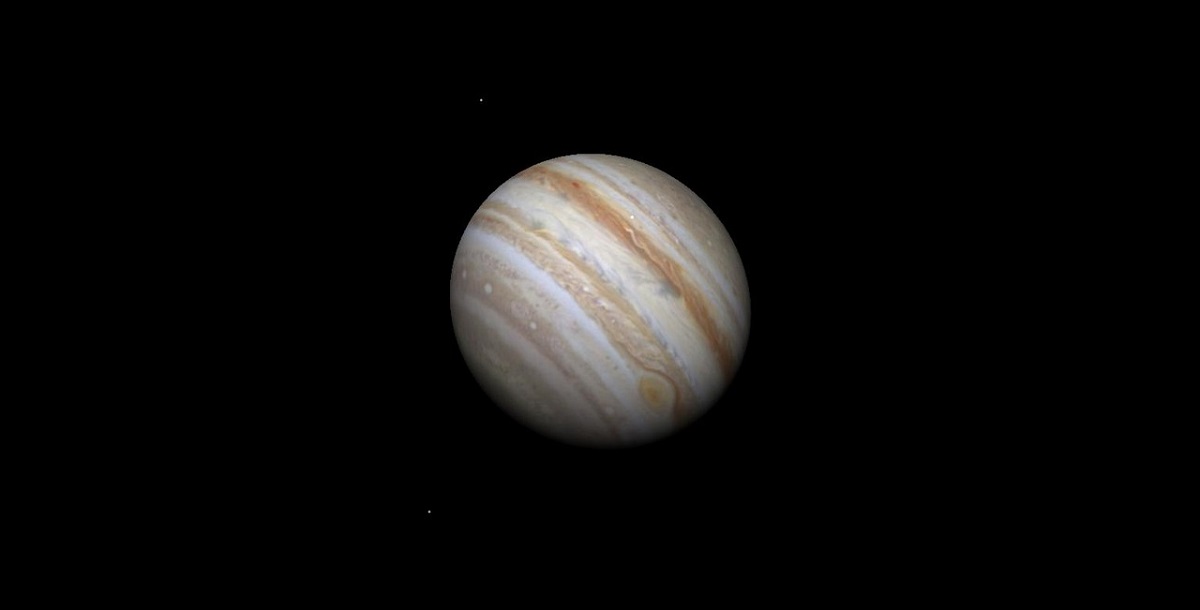A giant planet risks crashing into its star
On May 13, 2020, the Tess Space Telescope began observing a star called TOI-2109, which is one and a half times more massive than our Sun and located about 855 light years from our Solar System. For a month, this telescope collected measurements of the star’s luminosity, which resulted in the discovery of a new planet.
In fact, scientists used the transit method to track down the planet orbiting the star TOI-2109. In short, this method determines the presence of an object around a star by studying the variations in the luminosity of this star.
Pixabay credits
An extremely short orbit, an ultra hot surface
But besides the presence of the planet, the researchers also succeeded in deducing the period of revolution of this planet. They found that she completed a full turn on her star in just 16 hours. But not only. By taking measurements at various optical and infrared wavelengths, the researchers were able to deduce that the planet, which was named TOI-2109b, was five times as massive and 35% larger than Jupiter. It would also orbit at an extremely short distance from its star, just 2.5 million kilometers away.
Due to this very tight orbit, the planet would be in synchronous rotation with its star. In other words, it would always present the same face to him, creating a perpetual day side and a perpetual night side. However, the temperature on the day side is estimated at 3,500 ° C, which has classified this planet among the “super hot Jupiter”. In any case, the researchers believe that the extremely short orbit of this planet would cause it to fall into its star within a few million years. According to the main author of thestudy, Ian Wong, ” in a year or two, if we’re lucky, we may be able to detect how the planet is approaching its star “.



